Numerous facts about Crete amaze both locals and travelers. The island has become the #1 most desirable travel destination in every bucket list and there are many reasons why. From world-renowned beaches to mind-blowing legends connected to the island, the list gets bigger and bigger. So, If you are planning your holidays on the magnificent island, you ought to know some important details before visiting it. Keep in mind though that Crete has it all!
Here are 5 interesting facts about Crete that you probably didn’t know.
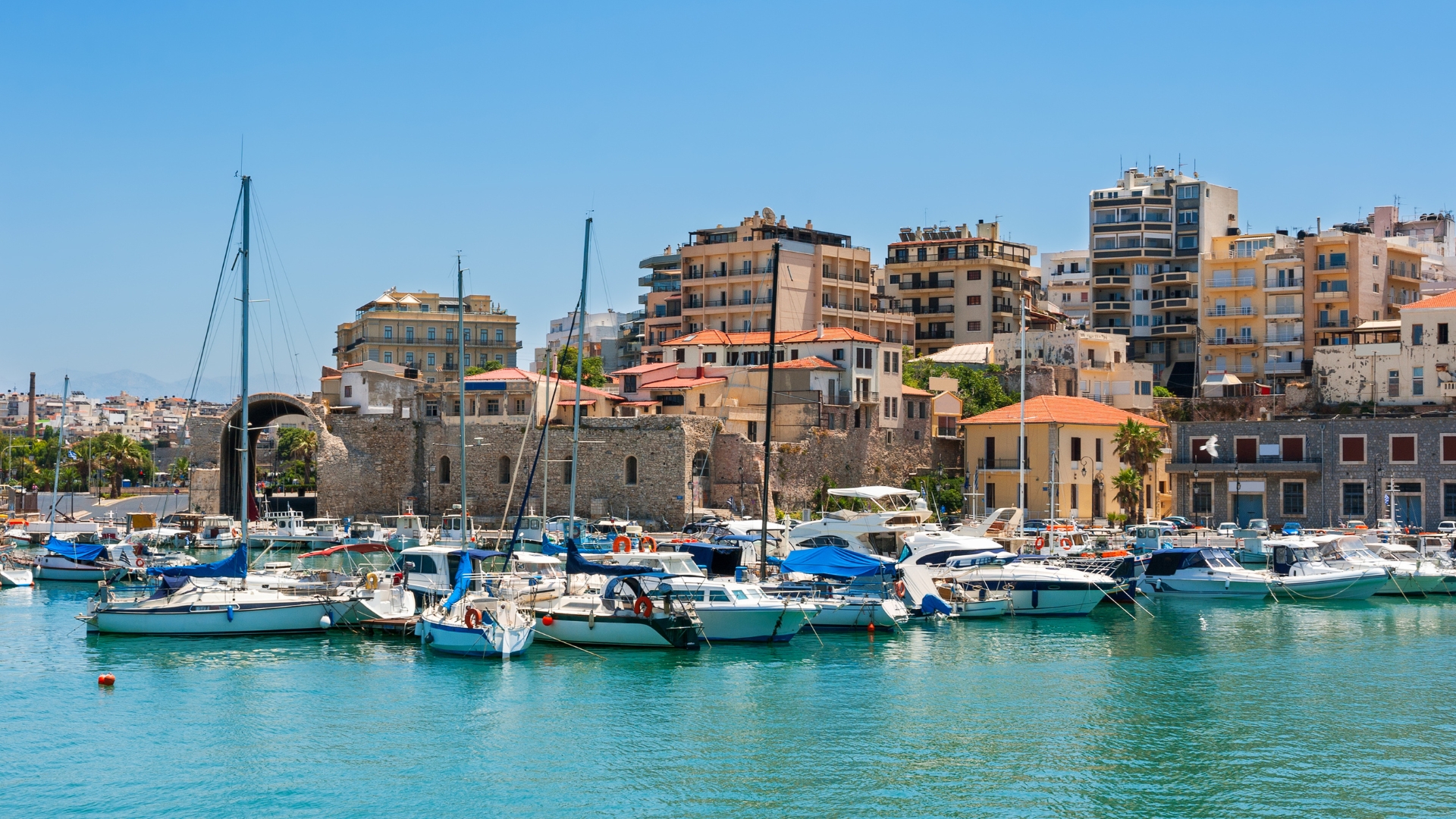
1. Crete is the biggest Greek island.
It is located in the southernmost part of Greece, between the Aegean and the Libyan Sea. Compared to the other Greek islands, it is the most populous, with a population of around 630,000 people. With a land area of approximately 8,336 square kilometers, the island offers visitors a wide range of landscapes and experiences. From rugged mountains and lush valleys to stunning beaches and traditional villages, Crete has something for everyone.
Moreover, its Mediterranean climate is mild and characterized by sunny days year-round. During the summer, the island becomes exceptionally crowded, with thousands of tourists arriving from all corners of the world. After all, it’s hard to resist the charm of island life and all that it has to offer! The island’s rich history and culture, combined with the warm hospitality of the locals, make it the ideal holiday destination. Last but not least, Crete is the fifth-largest island in the Mediterranean Sea.
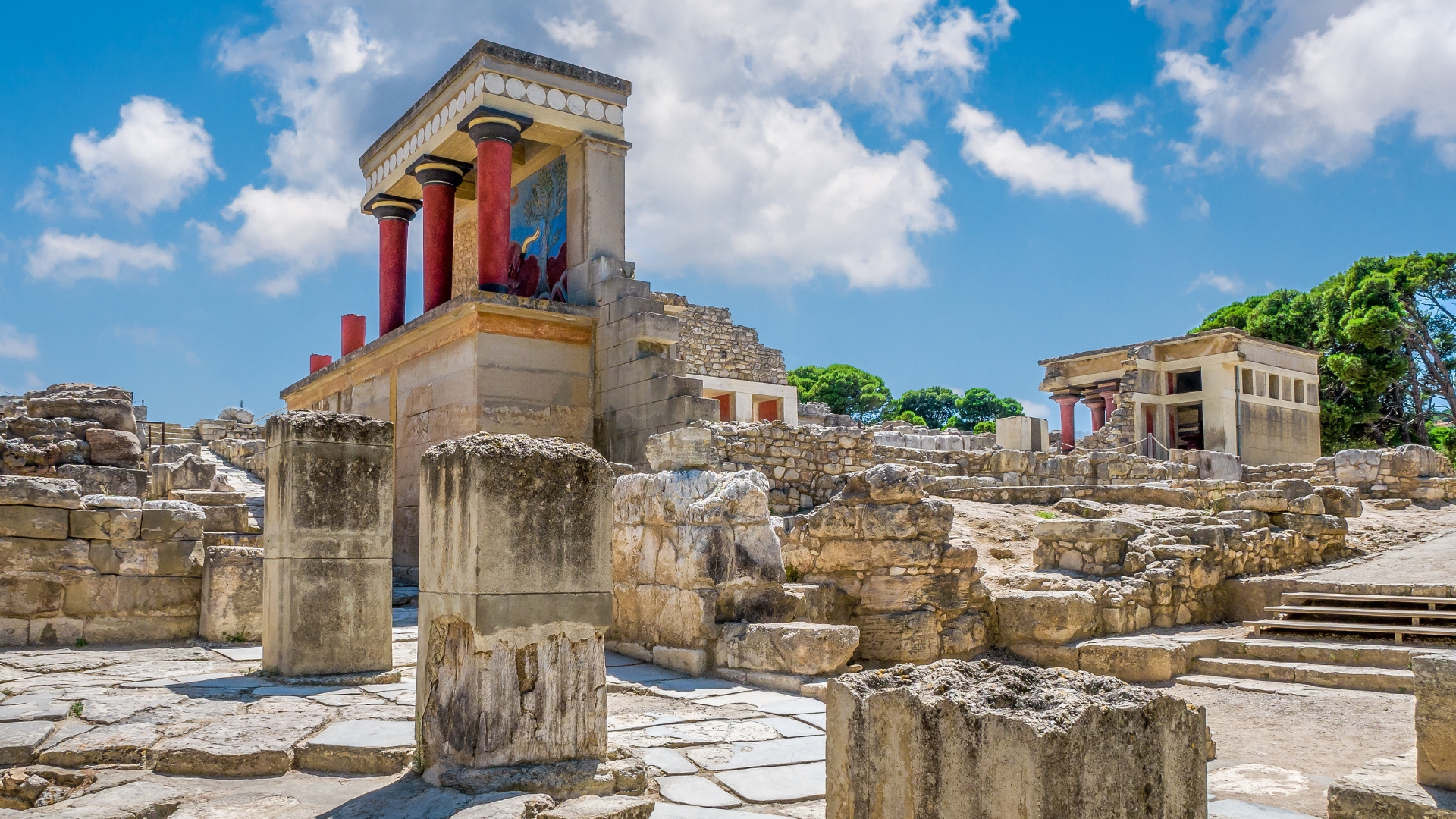
2. The island’s history goes back to thousands of years ago.
One of the most important aspects of Crete is its history. It stretches back to prehistoric times, with the island being home to the significant ancient Minoan civilization. From 2700 BC to 1450 BC, the Minoans were a highly advanced society, known for their impressive architecture, art, and writing system. You can experience the heritage and grandeur of this civilization by visiting the important Palace of Knossos in Heraklion. Furthermore, many great legends originated during that time. From the mighty Minotaur imprisoned in the labyrinth to the passionate love story of Theseus and Ariadne, the island has a rich mythological background. And let’s not forget about Zeus, the king of Olympus.
However, Crete has faced significant wars and occupations throughout the years. The island was later ruled by the Romans, the Byzantines, and the Venetians before falling under Ottoman rule in the late 16th century. It also played a pivotal role in the Cretan War, a rebellion against Ottoman rule from 1645 to 1669. The island eventually became part of Greece in 1913 after a long struggle for independence. Today, Crete’s rich history is evident in its ancient ruins, historic landmarks, and museums. Its people celebrate this unique cultural heritage through traditional festivals, music, and cuisine. Thus, Crete is a fascinating destination for those who love history and culture.
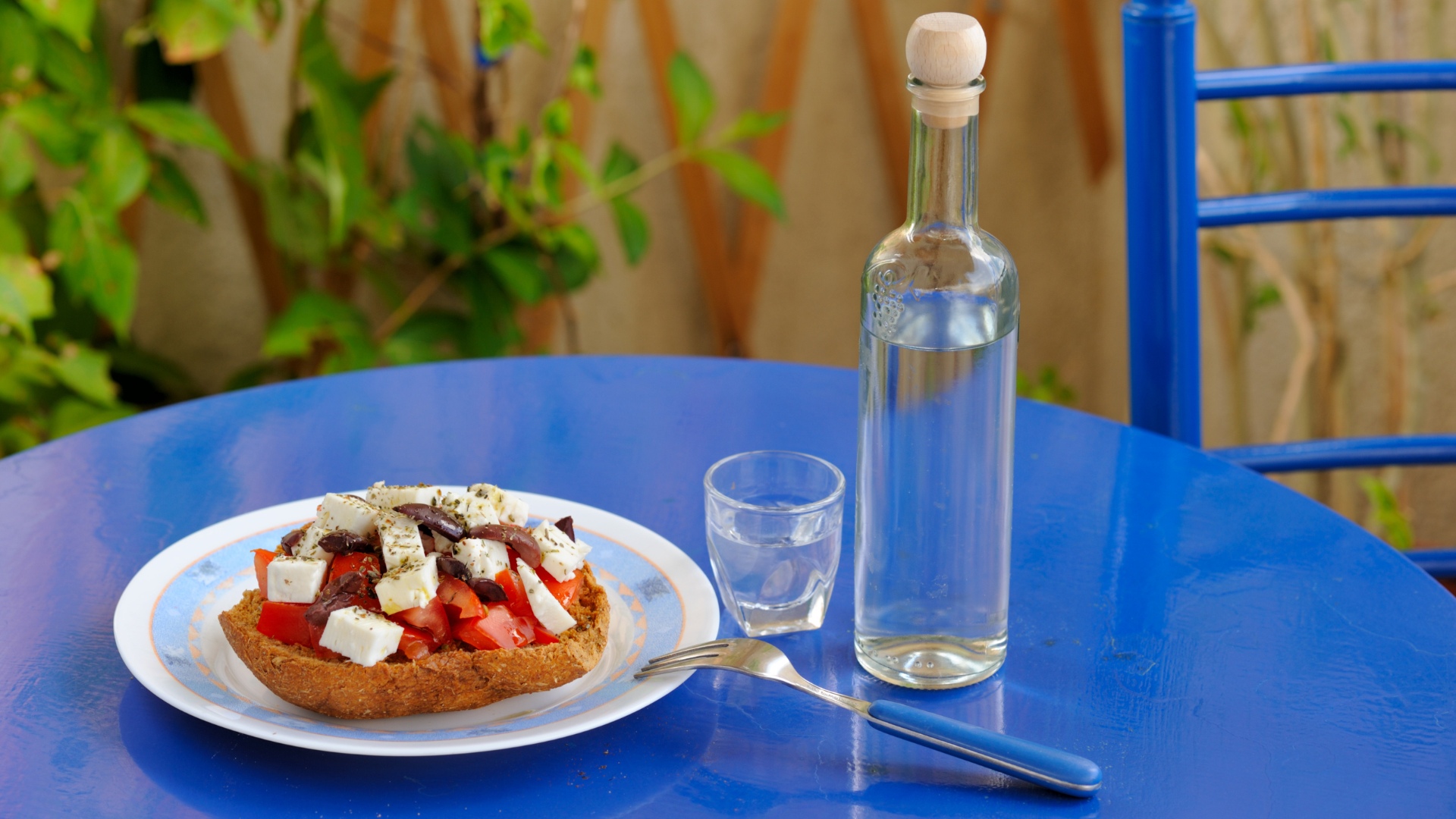
3. The Cretan diet is among the healthiest in the world.
Cretan diet and cuisine are renowned for their health benefits and delicious flavors. Cretan cuisine is derived from Mediterranean traditions, with only a few differences due to its local context. Cretans are known for having the highest longevity rate and the lowest mortality rate from conditions such as cancer and heart disease. The diet includes healthy fats like olive oil, fish, and cheese, a moderate amount of meat, and plenty of vegetables, fruits, greens, and nuts. Every dish contains local organic herbs such as oregano, thyme, and rosemary, which create a rich aroma and taste.
The island is also known for its high-quality dairy products, including cheese and yogurt. Seafood is a staple of Cretan cuisine, with many traditional dishes featuring fish and shellfish. Meat, such as lamb, pork, and chicken, is also a popular choice. What’s certain is that Cretan cuisine is synonymous with simplicity and authenticity. Traditional dishes include dakos, a type of barley rusk topped with fresh tomato, mizithra (local cheese), and olive oil, as well as kalitsounia, a pastry filled with cheese or greens. Furthermore, Crete is known for its excellent wine and raki, a grape-based spirit. One thing is for sure: you will fall in love with Cretan cuisine and the hearty meals served at the island’s tavernas and restaurants.
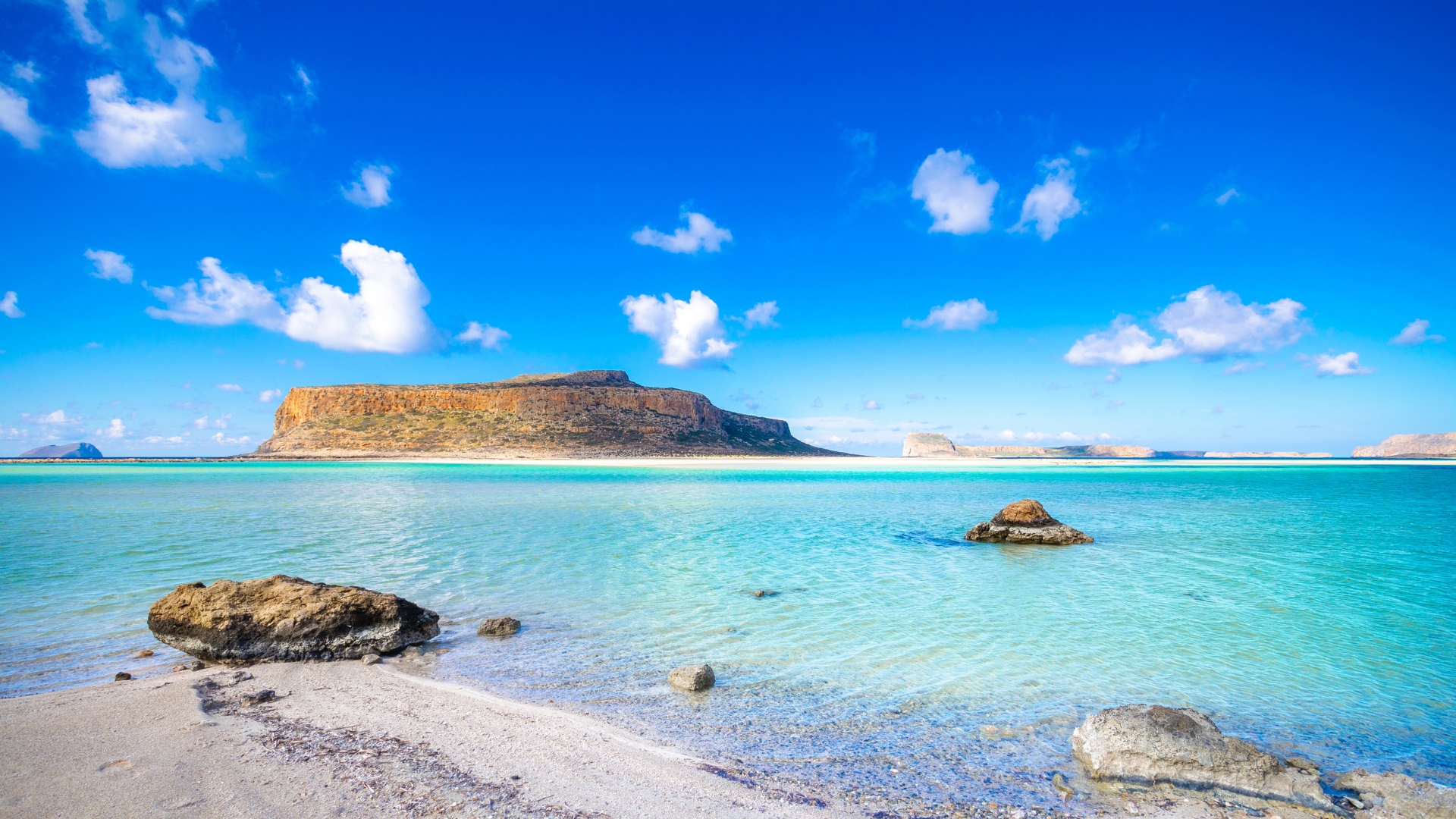
4. Crete has some of the best beaches in Europe.
By now, everyone has heard about the viral facts surrounding Crete. The island’s beaches are among the most beautiful in the Mediterranean. Nothing compares to their natural beauty, sparkling waters, pink sand, and awe-inspiring views. With over 1,000 kilometers of coastline, Crete offers places that suit all tastes. The most popular beaches, Elafonisi and Balos Beach, are featured in magazines, travel blogs, and vlogs, and are the pride of Crete! Both are located in Chania and are protected by the Natura 2000 program. Falassarna, another popular destination, offers a long stretch of sandy beach and crystal-clear waters.
Other equally fantastic Cretan beaches include Seitan Limania, Agiofaraggo, and Preveli. For those seeking a more secluded and peaceful experience, many hidden coves and quiet beaches await. Some offer amenities such as sun loungers, umbrellas, and beach bars, while others provide a more natural and unspoiled setting. Our team at Crown Cruises Crete offers organized boat tours to many destinations in the Chania area, perfect for family and friends!

5. Ideal destination for hiking lovers.
Hiking in Crete is a fantastic way to explore the island’s beauty and rich history. The island boasts a network of trails and paths, ranging from easy strolls to challenging mountain hikes. One of the most remarkable facts about Crete is that it is home to the longest hiking trail in Europe. The Samaria Gorge, known as the King of Gorges, stretches for 16 km and attracts hiking enthusiasts from around the world. It became a national park in 1962, with the goal of preserving its rare species of animals and plants.
Moreover, the White Mountains, a range of peaks that dominate the western part of Crete, offer many opportunities for all kinds of hikers. Stunning alpine lakes, high plateaus, and remote villages are just a few of the wonders you’ll encounter. The island also has numerous gorges spread across its four counties, including Imbros, Patsos, Kourtaliotiko, and Richtis, among others. Mother Nature has truly worked wonders!
Lastly, we highly advise you to be well-prepared before embarking on any hike. Be sure to wear hiking shoes and athletic clothes, and carry snacks and plenty of water to stay hydrated, especially during the intense heat. Whether you are a seasoned hiker or a beginner, there is a trail for everyone.
When is the best time to visit Crete?
Surprisingly, you can visit Crete at any time of the year. The best time to go depends on your preferences and what you want to experience on the island. However, summertime offers more outdoor activities and exciting opportunities to make your holiday even more unique. The high season runs from June to August, when the weather is hot and dry, but this period also sees millions of visitors. For those seeking a more peaceful holiday, May and September are excellent months to visit. The weather is pleasant, making it perfect for exploring the island’s attractions. The low season, from October to April, can be an ideal choice for those who prefer cooler weather and winter activities.
Conclusion
Did you know these interesting facts about Crete? Many more surprising details make the island truly unique. If you want to experience island life by sea, just reach out to us, and we’ll prepare a boat trip you’ll remember forever.


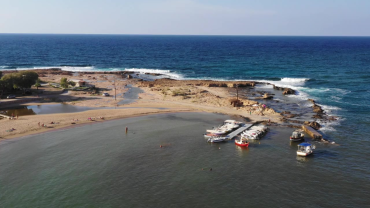
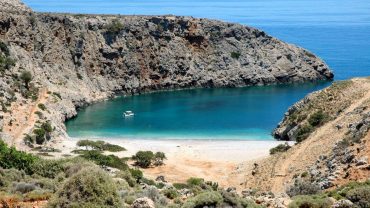
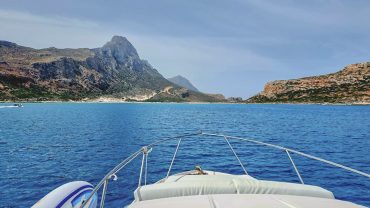
Comment (0)